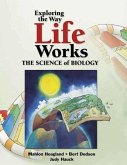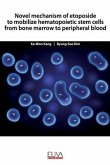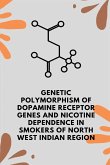India in the past two decades witnessed a dramatic epidemiological transition from infectious, diseases of undernutrition, and maternal and childhood diseases to noncommunicable diseases (NCDs). These diseases mainly include cardiovascular diseases (CVD), cancers, respiratory diseases, diabetes, skeletal disorders 1 . Amongst these diseases, osteoporosis, a disease of bone and CVD constitute a considerable burden of NCD as these two share common risk factors and often occur simultaneously. A need therefore exists to investigate the link between these seemingly unrelated diseases of bone and cardiovascular systems. 1. Bone biology Bone is a vascularized and metabolically active connective tissue that exerts numerous functions in the body such as provision of mechanical support to the body and protection of internal vital organs such as brain, spinal cord and heart. It is a storehouse for calcium and phosphorous, the major site for metabolic pathways associated with mineral homeostasis and provide site for ligaments and muscles attachment. The process of skeletal development during early stages of life is called bone modeling which involves the deposition of mineralized tissue at developmentally determined sites. Once skeleton achieves maturity, the processes of bone resorption and bone formation equally balance each other in a healthy skeleton. This continuous process, termed as bone remodelling is essential for the maintenance of bone structure and its strength 2 . It involves replacement of old/damaged bone through the combined action of the osteoclasts, the bone resorbing cells and osteoblasts, the bone forming cells. Bone remodelling cycle comprises of three phases: 1) initiation of bone resorption by osteoclasts 2) the transition (or reversal period) from resorption to new bone formation and 3) bone formation by osteoblasts3, 4. This remodelling is necessary to maintain the structural integrity of the skeleton. Normal bone remodelling cycle involves bone resorption and formation in a co-ordinated fashion.







